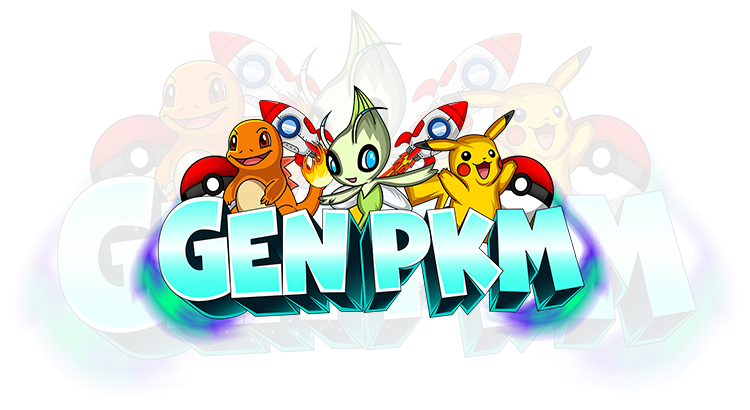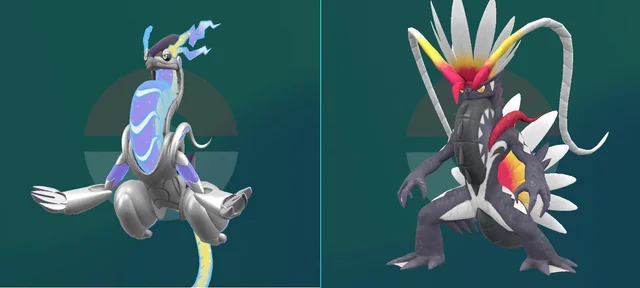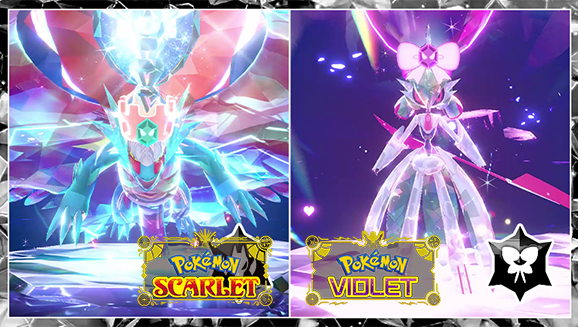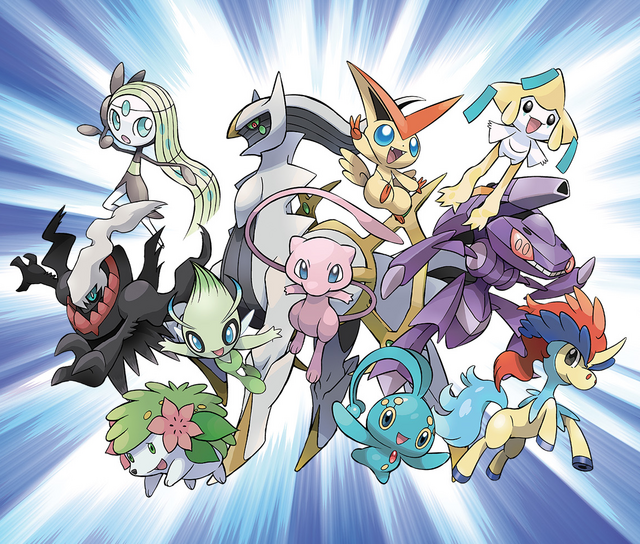The Shiny Koraidon and Shiny Miraidon distribution should have been a celebration for Pokémon Scarlet and Violet players—a once-in-a-generation chance to claim the radiant, headline legendaries of Paldea. Instead, what unfolded has been one of the messiest, most frustrating event rollouts in recent Pokémon history. From retailer-exclusive serial codes and limited stock to regional uncertainty and scalpers swooping in, the experience left fans deflated and angry—especially given that The Pokémon Company has already proven, within the same generation, that online distribution can work smoothly.
In this post, we’ll break down what went wrong, why it matters, and how the community is adapting. We’ll also touch on alternatives if you missed out—and the safeguards you should consider before jumping into any third-party solution.
Why Shiny Koraidon and Shiny Miraidon Matter
In the Pokémon ecosystem, Shiny legendaries are the crown jewels. Koraidon (Scarlet) and Miraidon (Violet) aren’t just box mascots—they’re core to the game’s identity. Making their Shiny variants available via Mystery Gift should have been a universally accessible moment for Pokémon trainers on Nintendo Switch, capping off the Scarlet and Violet era with excitement ahead of Pokémon Legends: ZA hype. The stakes were high, the anticipation was real, and the community was ready.
What Went Wrong
1) Serial Codes in an Era of Seamless Online Events
Pokémon Scarlet and Violet have already run perfectly functional internet-based Mystery Gift distributions. Remember the global code for Mew (GETY0URMEW) ahead of the Mewtwo raid? That was a shining example of scalable, low-friction distribution. So the decision to lock Shiny Koraidon and Shiny Miraidon behind one-time retailer serial codes—rather than using the proven “Get via Internet” flow—felt like a step backward. It added friction, created scarcity, and punished players in regions without easy retail access.
2) Retailer Exclusivity and the “Partnership” Problem
Instead of distribution through the in-game Mystery Gift system, codes were funneled through brick-and-mortar partners—some of which are shrinking or have uneven regional footprints. The optics weren’t great. Many players saw it as a cross-promotion to drive foot traffic and move preorders for Pokémon Legends: ZA, rather than a player-first solution. If that was the intent, it backfired; goodwill is currency, and this event spent a lot of it.
3) Patchy Regional Communication
One major point of frustration was the lack of clarity around which markets were participating and when. Some major regions weren’t initially announced, leaving fans to refresh social feeds, call stores, or simply give up. Pokémon is a global brand; unclear or late communication on availability made the event feel exclusionary.
4) Scalpers and Instant Sellouts
With limited, physical (or store-generated) codes, it was only a matter of time before scalpers swept in. Reports of codes disappearing within minutes were common, with resales appearing online at inflated prices. The predictable result: genuine fans got squeezed out, and the community’s frustration boiled over.
Why This Stings More Than Usual
Plenty of past Pokémon distributions have had quirks, but this one hits harder because it was so avoidable. The technology for clean, global, internet-based distribution already exists and has been used in the same generation. When the choice is between:
- In-game internet delivery with automatic per-account validation, or
- Limited physical codes via uneven retail partners,
it’s obvious which option better serves players. The Shiny Koraidon/Miraidon event should have been the most accessible distribution of the generation—not the most chaotic.
What The Pokémon Company Could Do Better
- Adopt hybrid distribution: Combine “Get via Internet” with limited retail bonuses to satisfy partnerships without locking exclusivity behind codes.
- Use Nintendo Account validation: Tie claims to accounts to prevent mass farming and reduce scalping leverage.
- Announce global plans upfront: Provide a clear, unified schedule and region list to cut confusion and reduce FOMO-driven panic.
- Staggered claim windows: Multiple claim periods across time zones ensure better availability for more players.
- In-game queueing or reservation: A simple in-game “reserve your gift” flow would remove retailer bottlenecks entirely.
Missed the Event? Here’s What the Community Is Doing
When official distribution stumbles, the community steps up. Trading communities, local groups, and reputable fan hubs have mobilized to help players catch up. One option that’s gained traction is GenPKM.com, which offers both Shiny Koraidon and Shiny Miraidon for free through instant trades. According to the site, their Mystery Gift section lets you claim either Pokémon no matter which version you own, with trades delivered directly from their Nintendo Switch.
As advertised by GenPKM.com:
- Shiny Koraidon and Shiny Miraidon are available at no cost.
- They are sent via instant trade from their system to yours.
- They state the Pokémon are legal and indistinguishable from the official event distributions.
Important note: Always trade responsibly and understand the terms of service governing your game and console. If you use third-party trading services, do your own research, verify community feedback, and proceed at your discretion.
Impact on Pokémon’s Event Reputation
Events are more than freebies—they’re trust-building moments. When fans feel excluded by design (or by easily predicted failure points like code scarcity), it erodes confidence in future promotions. That’s especially risky heading into a new release cycle with Pokémon Legends: ZA on the horizon. The difference between a beloved community moment and a PR headache often comes down to distribution choices and communication. This time, both missed the mark.
What Players Want from Future Distributions
The wish list is simple and realistic:
- Global, simultaneous online distributions for marquee Mythicals and Legendaries.
- Retail bonuses that are cosmetic, optional, or duplicated online—not gatekeeping core content.
- Transparent timelines and crystal-clear region lists.
- Anti-scalper safeguards like per-account claim limits and in-game verification.
Pokémon thrives when everyone can participate. The technology and precedent are already there—now it’s about prioritizing player experience over retail complexity.
Conclusion: A Legendary Lesson in How Not to Distribute Legendaries
Shiny Koraidon and Shiny Miraidon should have been a unifying moment for the Pokémon community. Instead, we got an event that exposed the weaknesses of retailer-first code distribution—scarcity, confusion, and scalper exploitation—even as the franchise already has smoother, fairer tools at its disposal. The fix isn’t complicated: prioritize equitable, internet-based Mystery Gift delivery, communicate clearly, and use retail partnerships to enhance—not gatekeep—the experience.
If you missed out, communities and services like GenPKM.com’s Mystery Gift page are offering free, instant-trade options that aim to mirror the official distributions. As always, trade wisely and stay informed. With Pokémon Legends: ZA on the way, here’s hoping this is the last time a legendary moment turns into a legendary headache.




Comments
Loading...Loading comments...